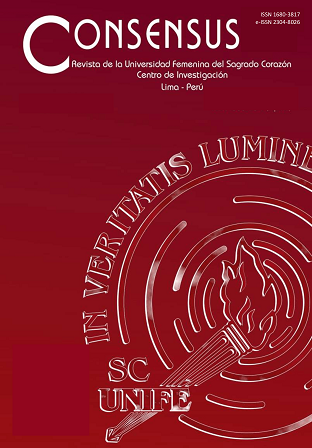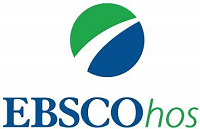Museums as spaces of critical reflection for the recovery of national cultural heritage of the Historic Center of Lima
DOI:
https://doi.org/10.33539/consensus.2018.v23n2.2125Keywords:
Historic Center of Lima, museums in the Historic Center of Lima, National Cultural Heritage, Cultural Heritage recovery, critical reflection.Abstract
The purpose of this article is to analyze if museums can be spaces of critical reflection for the recovery of the National Cultural Heritage of the Historic Center of Lima through temporary exhibitions and educational offers in museums. Currently, museums fulfill an important mission since they are spaces for continuous education and critical reflection thanks to permanent and temporary exhibitions that create identity. This is a quantitative non-experimental research with a descriptive-transversal approach. The unit of measurement is six museums in the Historic center of Lima, which have been chosen using the following criteria: UNESCO heritage value, infrastructure and operating conditions, and space for reflection.
The results obtained have determined that museums have adequate infrastructure for the fulfillment of their functions, as they are open to the public, have permanent and temporary exhibitions, count on specialized professional and technical personnel, work with annual budgets, are nonprofit institutions, and provide educational offers for visitors.
Likewise, the museum scripts of permanent exhibitions allow critical reflection, guide visitors to acquire new knowledge and contribute to cultural development and the reinforcement of the identity of Lima’s population. Thus, it may be concluded that the exhibitions succeed in generating awareness and sensitization of visitors as a guiding thread to reinforce and
support previous knowledge. This allows the sustainable development of the city for the preservation and conservation of the Cultural Heritage of the Nation for future generations, which is key to the construction of the present, as it enables intercultural dialogue and cultural creativity, through interpretation and respect of the local community for its
transformation.








